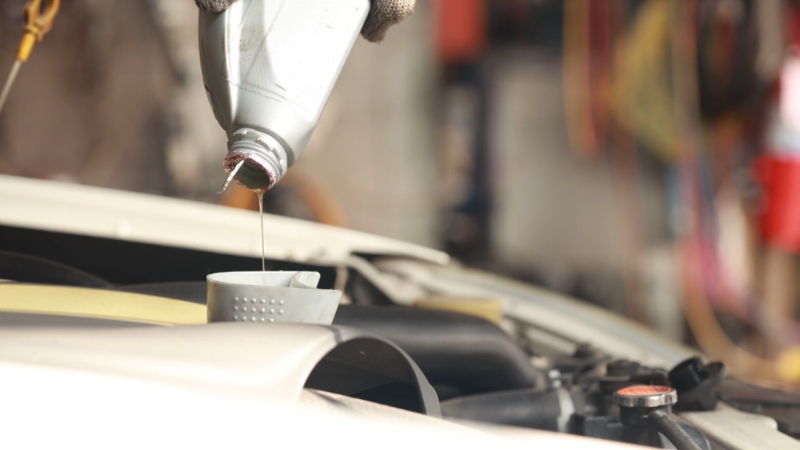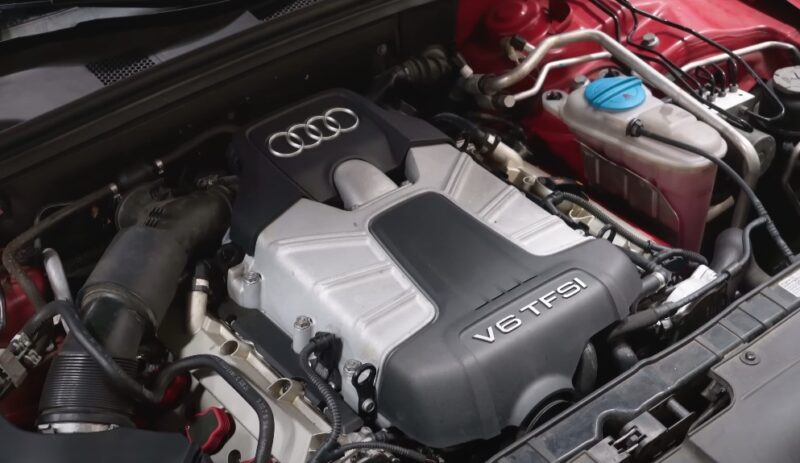
Share Post:
When your car starts acting up and someone throws around the phrase “blown engine,” your stomach sinks a bit. It sounds final, like you’re about to drop thousands on a mechanic or start shopping for a new ride.
But before you panic or give up on your vehicle, there are ways to get a solid idea of what’s going on under the hood—without shelling out big money for a shop visit right away.
In fact, you can run a handful of smart, proven DIY tests using tools that are either already in your garage or affordable at your local auto parts store.
These tests won’t make you a mechanic overnight, but they can give you a pretty reliable read on whether your engine’s still kicking—or toast. Let’s walk through it.
Table of Contents
ToggleKey Highlights
- Milky oil or white smoke often points to a blown head gasket.
- Compression and leakdown tests reveal internal engine damage.
- Loud knocking or metal in oil means serious internal failure.
- Stop driving and get a pro check if major signs show up.
What Does “Blown Engine” Actually Mean?
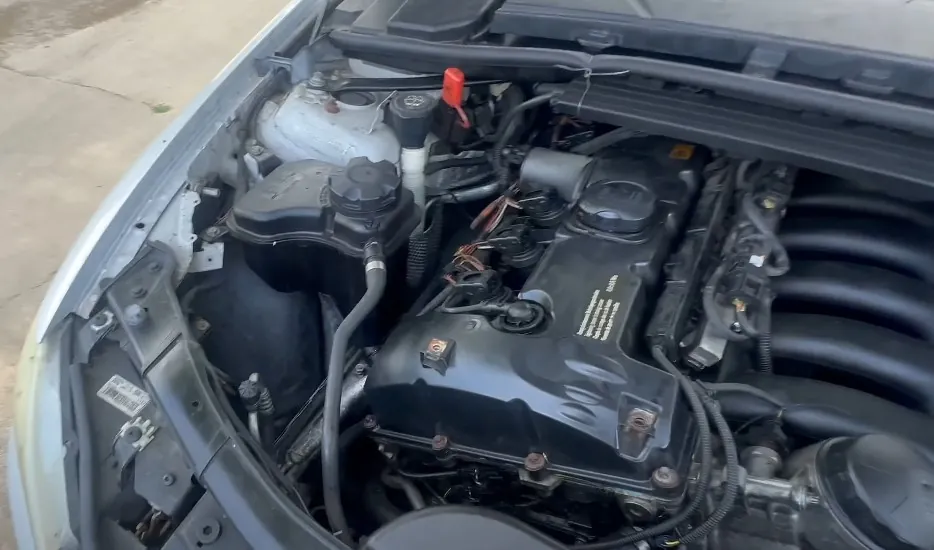
First things first, let’s clear up what people mean when they say an engine is “blown.” It’s not just one problem—it’s a catch-all for major internal damage. That could be:
- A cracked engine block
- A broken connecting rod
- A warped or cracked cylinder head
- Melted pistons
- Seized crankshaft bearings
Most of the time, it’s the result of running the engine with low oil, letting it overheat, or something nasty like a coolant leak or metal debris from internal wear.
Any one of those can turn a healthy engine into scrap pretty quickly. But here’s the good news: you don’t need to yank the motor out of the car to start getting answers.
DIY Test 1: Start with a Visual Check and Listen Closely
Sometimes, the first signs of trouble are right in front of you—or coming from under the hood.
What to Look and Listen For
- Check Engine Light: Use an OBD-II scanner (they cost around $25). If the codes point to misfires, low compression, or severe sensor issues, that could be tied to deeper engine damage.
- Weird Noises: Knocking, grinding, or loud ticking? That’s bad. A rod knock (where a piston rod hits the crankshaft) sounds like a deep rattle and is one of the worst signs.
- Smoke from the Exhaust:
- Blue smoke: Burning oil—probably from worn piston rings.
- White smoke: Coolant in the combustion chamber. Could be a head gasket or cracked block.
- Black smoke: Fuel-rich combustion. Less scary, but still not great.
- Smells: Burnt oil or sweet coolant smells coming from the engine bay can be a big clue that something’s gone wrong internally.
DIY Test 2: Check Oil and Coolant
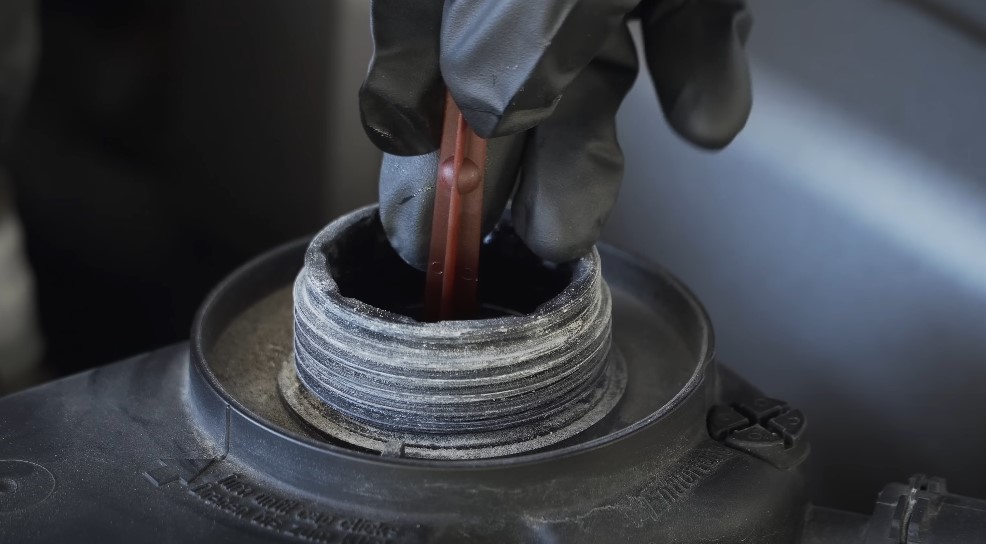
This one’s easy and doesn’t require anything fancy.
Oil
- Pull the dipstick and look at the oil.
- Milky or frothy like a milkshake? That usually means coolant is leaking into the oil system—classic sign of a blown head gasket or cracked engine block.
Coolant
- Look inside the coolant reservoir.
- Is the level low with no visible leaks?
- Any oily residue or discoloration? That’s a sign oil is leaking into the cooling system. Also bad news.
DIY Test 3: Compression Test
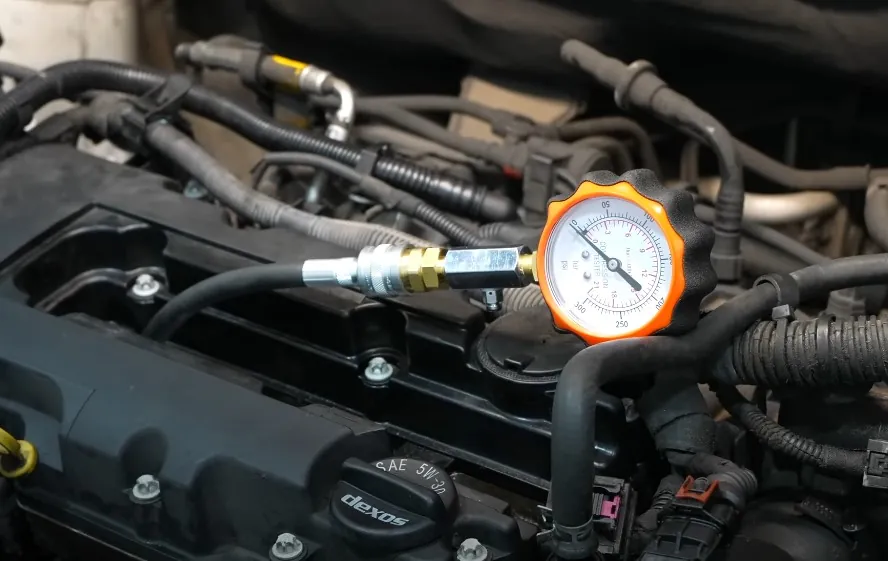
This is one of the best ways to check the health of your engine’s internals—without tearing it apart.
What You’ll Need
- Compression tester ($30–$100)
How to Do It
- Run the engine until it’s warm, then shut it off.
- Disconnect the ignition (remove spark plug wires or coil packs).
- Remove all spark plugs.
- Screw the tester into the first plug hole.
- Crank the engine for 4–5 seconds.
- Record the pressure, then repeat for every cylinder.
What You’re Looking For
- Healthy engines should read between 100–150 psi, but more important is consistency.
- If one cylinder reads 50 psi while the others are 120+, you likely have a problem in that spot—blown head gasket, bad valve, or busted piston ring.
Example
Say you recently overheated and now your engine runs rough. If Cylinder #3 shows low pressure while the rest are okay, you might have warped the head in just that area.
DIY Test 4: Leakdown Test
This one takes it up a notch. It’s more precise than a compression test and can tell you exactly where your engine is leaking pressure.
What You’ll Need
- Leakdown tester ($50–$150)
- Air compressor
How to Do It
- Remove the spark plugs.
- Turn the crankshaft so the piston in the test cylinder is at top dead center (TDC).
- Hook up the tester and apply about 100 psi of air.
- Listen carefully for where the air escapes:
- Exhaust pipe = bad exhaust valve
- Throttle body = bad intake valve
- Oil filler cap = worn piston rings
- Coolant reservoir bubbling = head gasket failure
Ideal Result
- Less than 20% pressure loss is normal.
- Over 30%, especially with audible leaking, means something’s failing fast.
DIY Test 5: Check for Blow-by
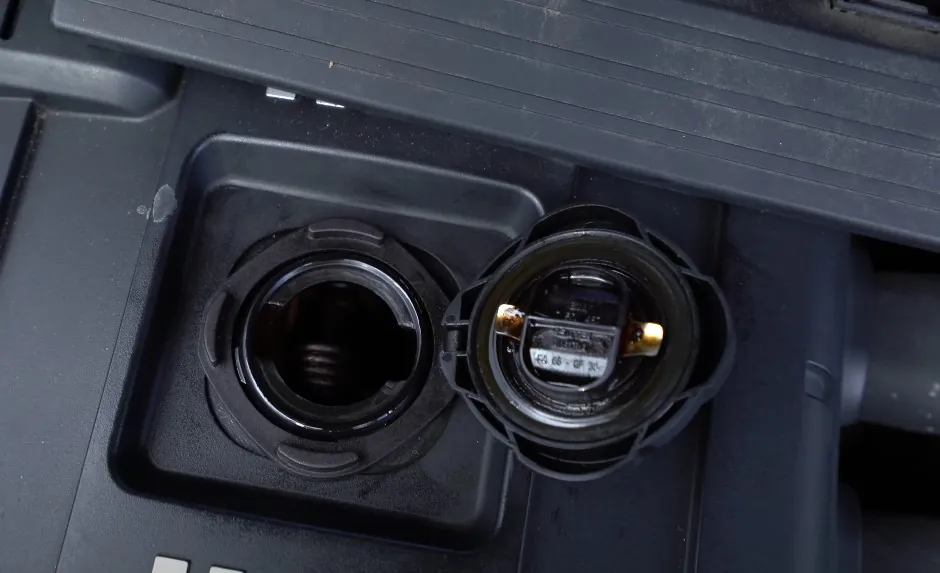
No tools needed here—just your eyes and nose.
How to Do It
- Start the engine and let it idle.
- Remove the oil filler cap.
- Watch for smoke or strong airflow coming out.
What It Means
A little vapor is okay, but if you’ve got a puff of smoke or a steady blast of air, your piston rings are likely worn out—and that can lead to major failure if ignored.
DIY Test 6: Cold Start and Drive Performance
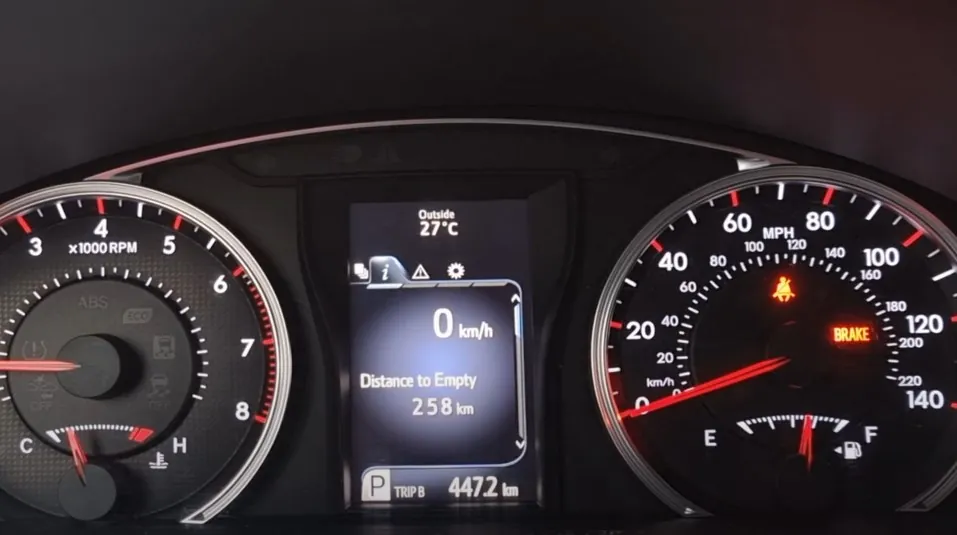
Sometimes, just paying close attention to how the engine runs can tell you a lot.
- Cold Start: Is it cranking forever or misfiring when it fires up? That could point to compression problems or coolant leaking into the cylinders.
- Acceleration: If the engine feels like it’s gasping for air, hesitating, or outright stalling under load, something inside might not be working right—low compression, a failed rod, you name it.
DIY Test 7: Extra Checks Just in Case
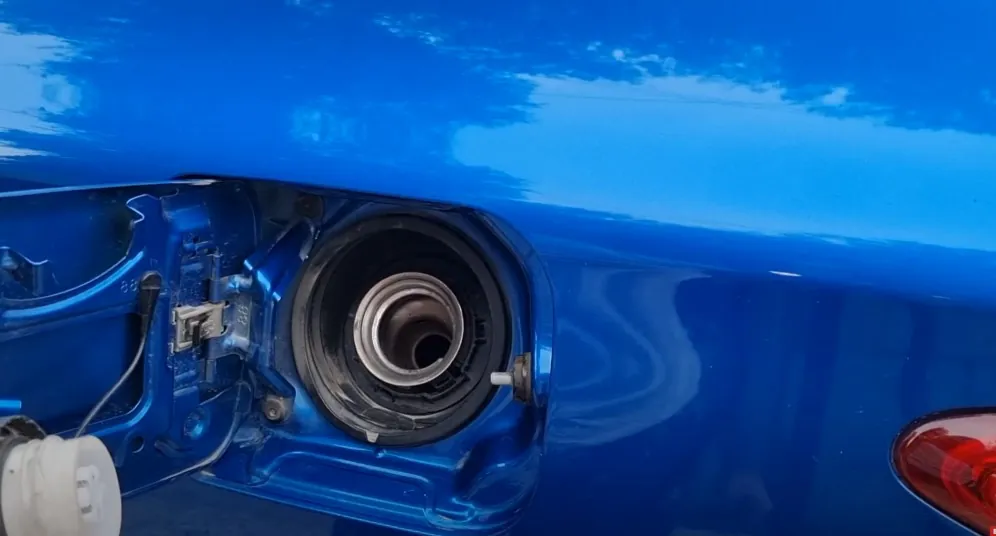
Sometimes, the issue isn’t internal—so don’t overlook these simpler things before you assume the engine’s toast.
Fuel System
- A dead fuel pump or clogged filter can cause symptoms that feel like engine failure.
- Listen for the fuel pump priming when you turn the key.
Cooling System
- Is the radiator clean? Is the thermostat stuck?
- An overheating engine can become a blown engine if left alone too long.
What the Symptoms Are Telling You
| Cause | What Happens | Signs to Watch |
| Low Oil | Bearings seize, rods snap, pistons fail | Knocking, low compression, milky oil |
| Overheating | Warped heads, cracked blocks, melted pistons | White smoke, coolant in oil, poor startup |
| Detonation | Premature combustion destroys pistons or rings | Knocking, low compression, pinging under load |
| Debris/Internal | Metal shavings cause grinding and catastrophic wear | Grinding sounds, metal in oil, smoke |
What to Do If You Think It’s Blown
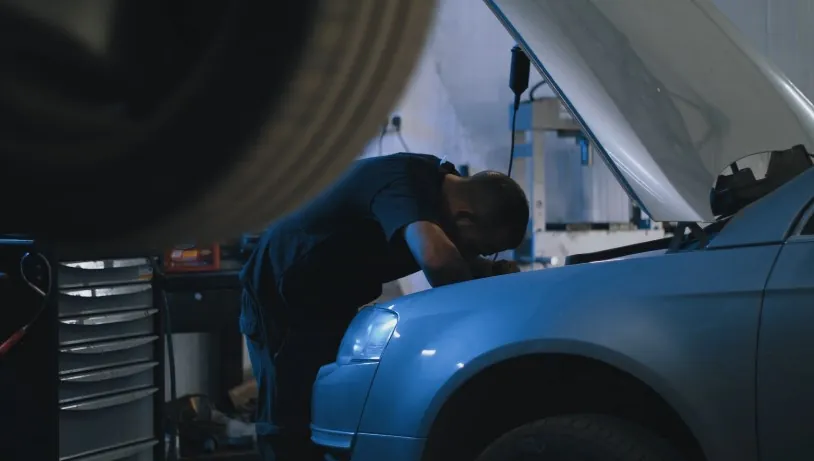
So you ran the tests, and the signs are there. What next?
1. Stop Driving It
Seriously. Driving a damaged engine can turn a $500 repair into a $5,000 nightmare.
2. Get a Pro Diagnosis
Even if you’re confident, it’s smart to let a pro confirm. A mechanic can run deeper tests like borescope inspections or cylinder leak tests with shop-grade tools.
3. Know What You’re Up Against
Repair or replace? That depends on what exactly failed.
| Repair Type | Estimated Cost |
| Head Gasket Replacement | $1,200 – $2,500 |
| Rebuilt Engine | $3,000 – $7,000 |
| New Engine (Gasoline) | $5,000 – $10,000 |
| New Engine (Diesel) | $8,000 – $20,000 |
| Used Engine Swap | $2,500 – $6,000 |
If the repair cost is higher than your car’s value, you might be better off parting ways.
Final Thoughts
A “blown” engine sounds scary—and sometimes, it is. But not always. With the right tools and a methodical approach, you can figure out whether your engine is done for or just in need of attention. To recap:
- Start simple with a visual check and symptom list.
- Move on to oil and coolant checks.
- Run compression and leakdown tests for solid proof.
- Don’t ignore what your car sounds and feels like.
- Always put safety first—and don’t be afraid to bring in a pro.
At the end of the day, catching engine trouble early could be the difference between a weekend repair and an engine replacement bill that makes your jaw drop.
Related Posts:
- Are Cybertrucks Bulletproof - Here’s What the Tests…
- 16 Best DIY Car Maintenance Hacks That Save You Money
- What is the Open Charge Point Protocol (OCPP) and…
- What is EV Charging Load Management and How Does It Work?
- 8 Safest Family Cars of 2025 – Crash Tests, Features…
- How Often to Change Coolant - Tips For a Healthy Engine






